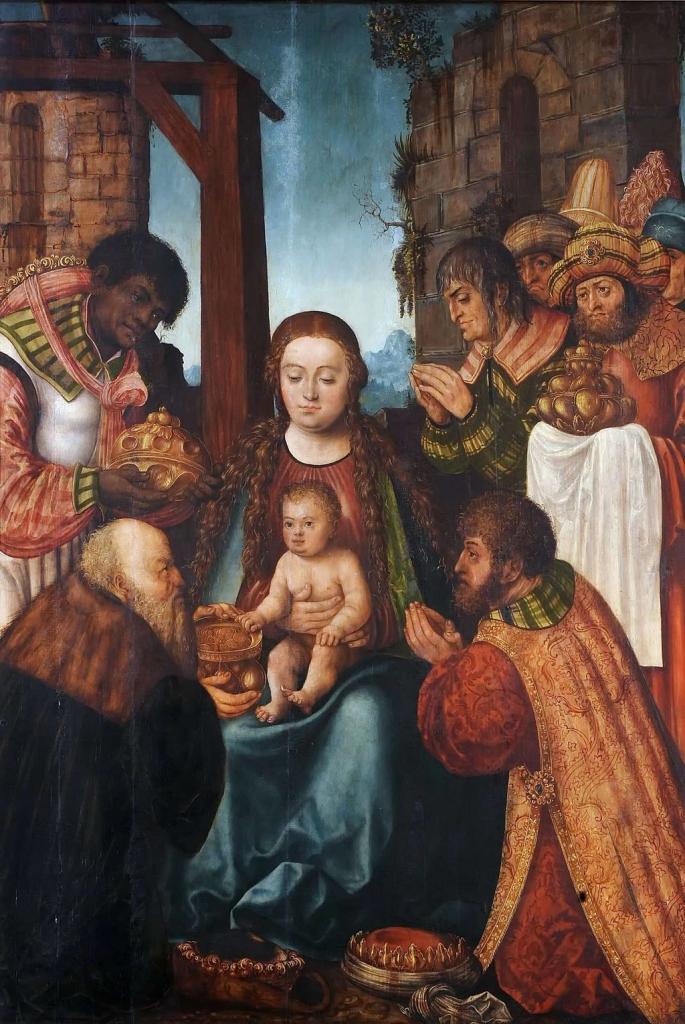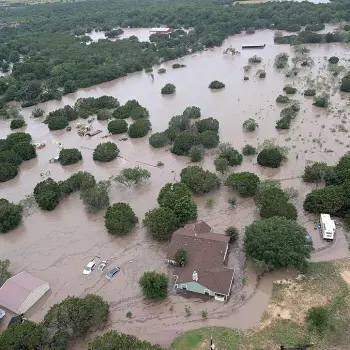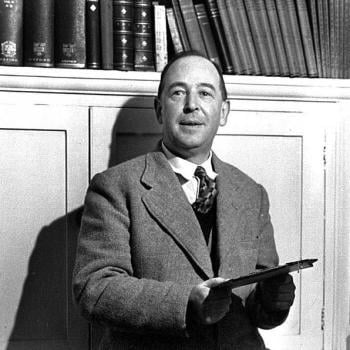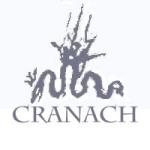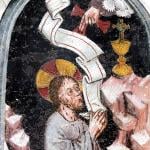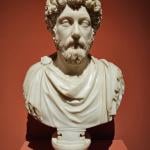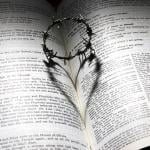Read what Luther has to say about Epiphany from a sermon I blogged about a few years ago, which includes reflections on the Bible story, the necessity of the Word of God, and vocation.
The text about the visitation of the Wise Men, Matthew 2:1-12, is very rich, as Luther shows. I am still learning from it. Last Sunday, Pastor Moerbe pointed out a curious fact. When the Magi came in search of the newly born King of the Jews whose star they had seen in the East, they went to King Herod, who sensibly consulted the “chief priests and scribes,” who sensibly consulted the Bible. And those Bible scholars of the day found the correct answer:
Assembling all the chief priests and scribes of the people, he inquired of them where the Christ was to be born. They told him, “In Bethlehem of Judea, for so it is written by the prophet:
“‘And you, O Bethlehem, in the land of Judah,
are by no means least among the rulers of Judah;
for from you shall come a ruler
who will shepherd my people Israel.’” (Matthew 2:4-6)
The Magi followed this Scriptural truth and found the Christ child. Herod even followed this Scriptural truth, though in wickedness, sending his troops to murder all Bethlehem children under two years old. The one group mentioned in the account that did not go to Bethlehem to seek the promised Messiah was the Bible scholars! The chief priests and scribes knew with great accuracy what the Bible taught, and yet they did not seek Christ, whether in hostility or in worship, and so their scriptural knowledge was in vain.
I also benefited from a post at Anxious Bench by Baylor historian Philip Jenkins. He wrote about a series of legends that grew up around the Magi. He alerted me to a 4th or 5th century text from the Syriac-speaking Eastern church called The Book of the Cave of Treasures. It says that Adam, after his Fall, brought gold, frankincense, and myrrh from the mountain of Paradise and hid them in what would be called “The Cave of Treasures.” Before his death, Adam instructed his son Seth to see that the treasures would be offerings to God, when He comes into the world to die and rise again “for all children of Adam.” Thousands of years later, this is what the Magi did, giving Adam’s treasure as an offering to the incarnate God.
The Book of the Cave of Treasures also says that Adam was buried beneath a mountain outside what would become the city of Jerusalem. A tree would grow from that grave and be made into a cross. The mountain would be called Golgotha, the Place of the Skull, and the skull beneath its surface was Adam’s.
And when the Wood [the cross] was fixed upon it, and Christ was smitten with the spear, and blood and water flowed down from His side, they ran down into the mouth of Adam, and they became a baptism to him, and he was baptized.
The point of The Book of the Cave of Treasures is not to recount what actually happened, as if it were a historical text. Rather, it is an imaginative meditation on the meaning of Christ’s coming to redeem all of us fallen children of Adam. It shows the connections between the Fall and the Redemption, Christmas and Easter, Adam and Jesus.
The book may not be true in its facts, but it is true in its meaning: We offer to Jesus all of our human treasures. The human race is baptized in Jesus’s blood. This is the significance of Epiphany.
Image: “Adoration of the Magi,” by Lucas Cranach the Elder, Public domain, via Wikimedia Commons


